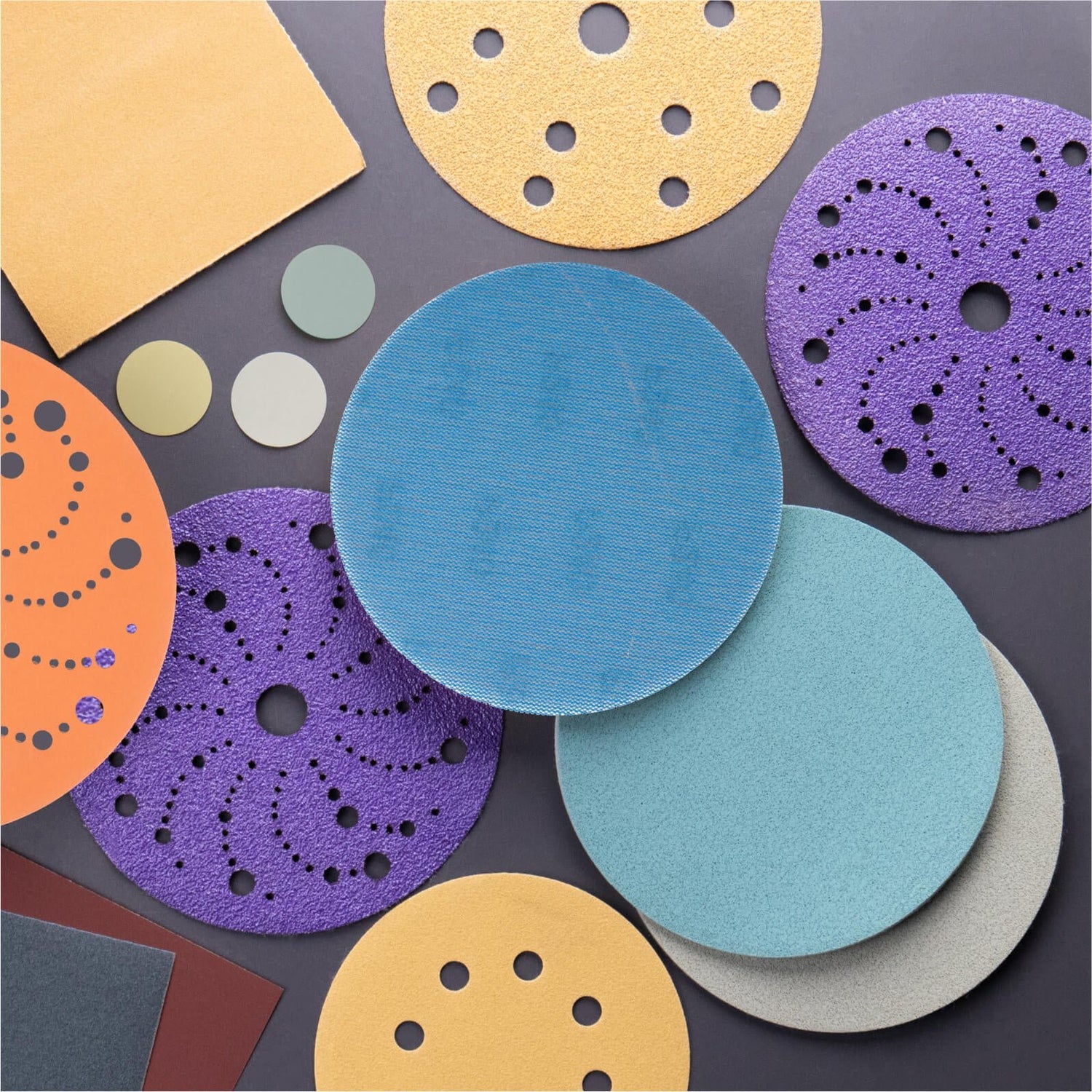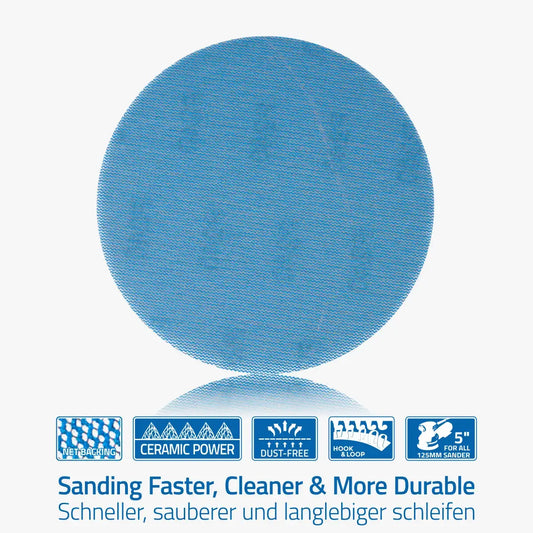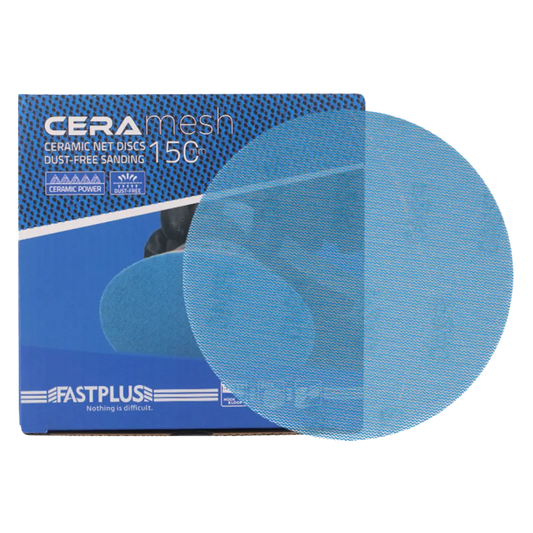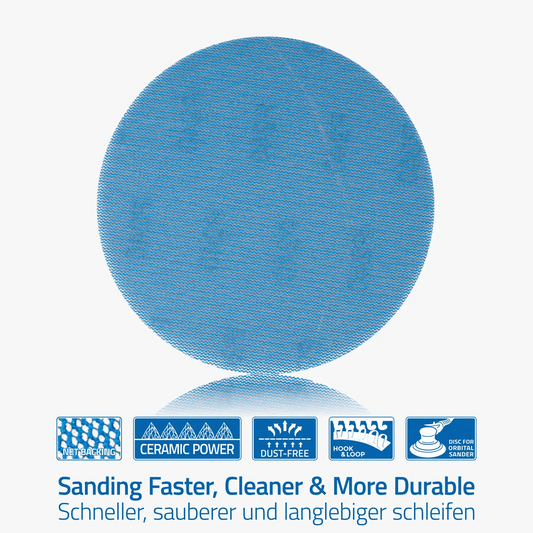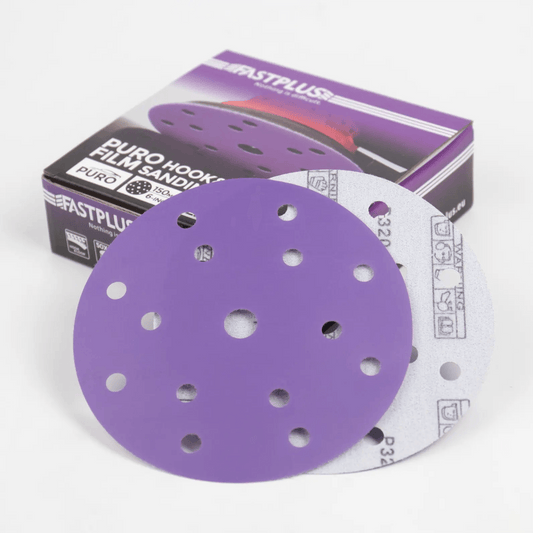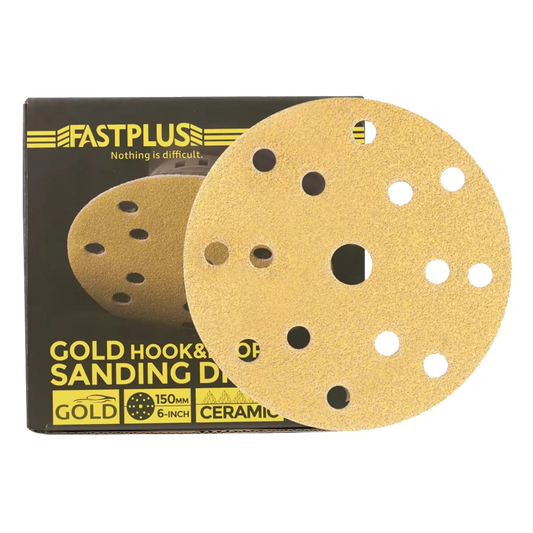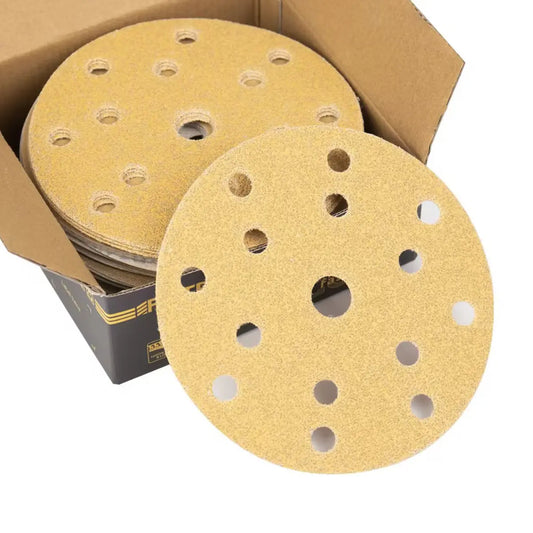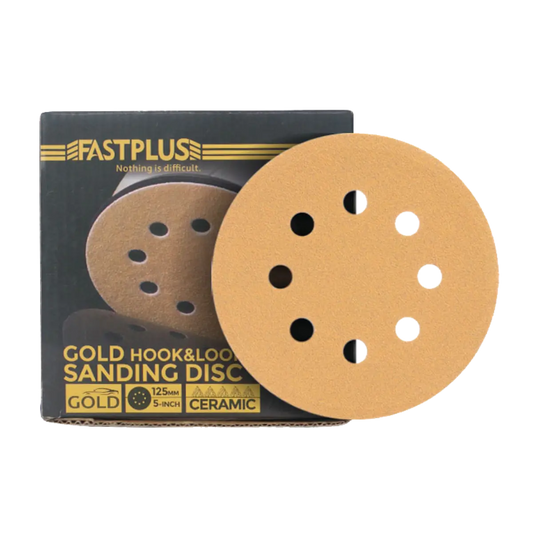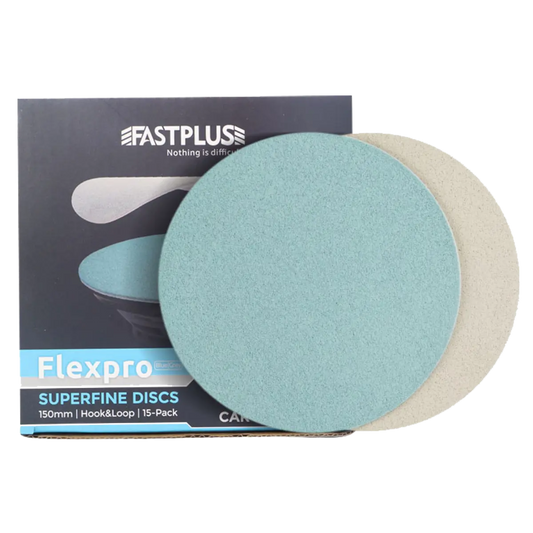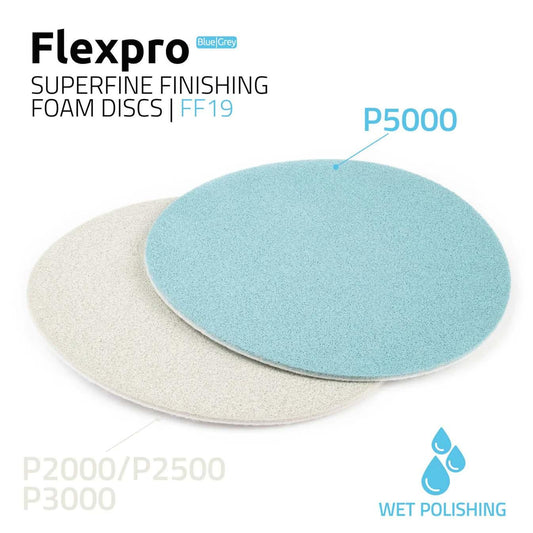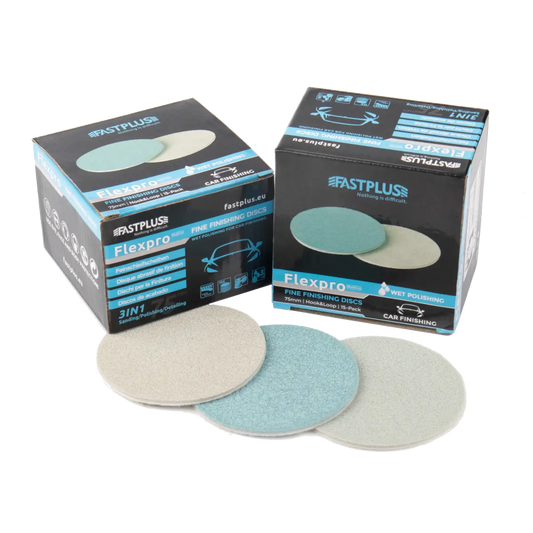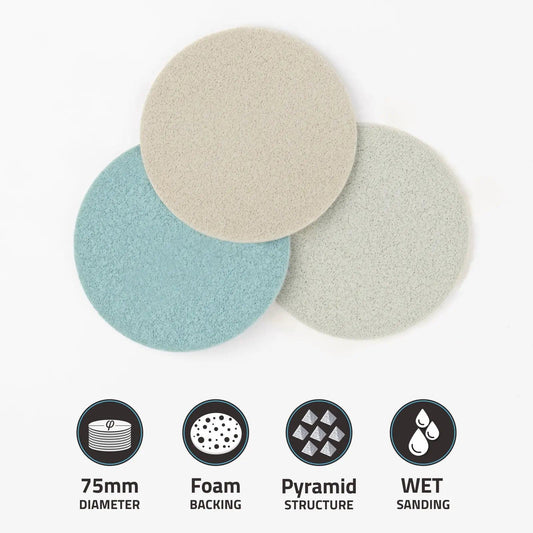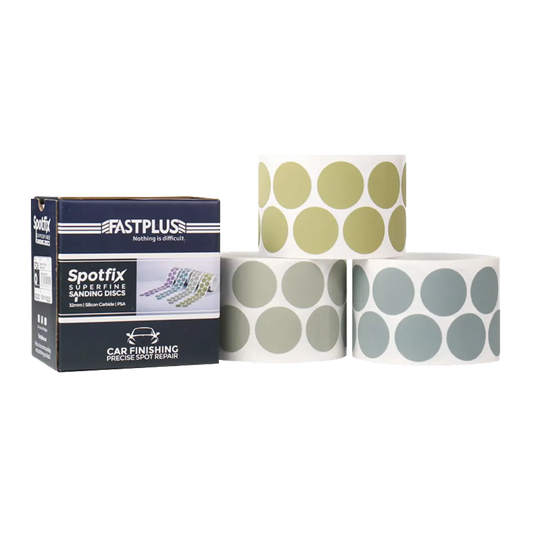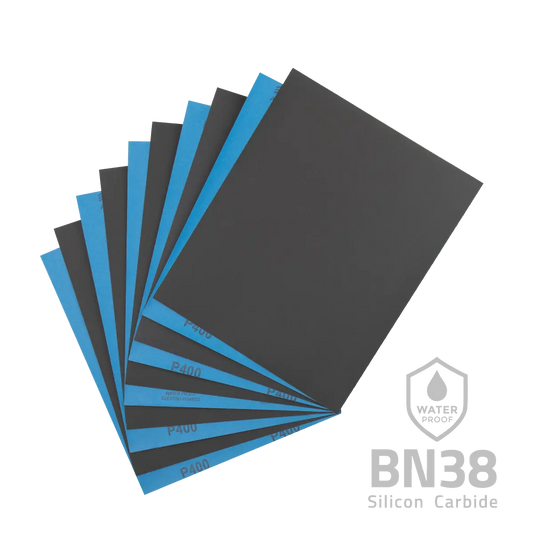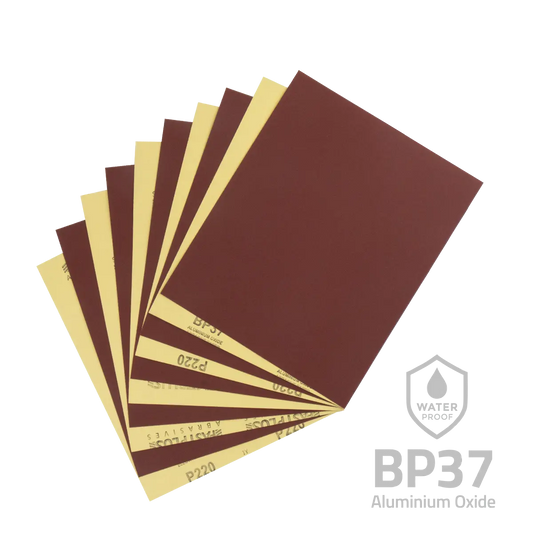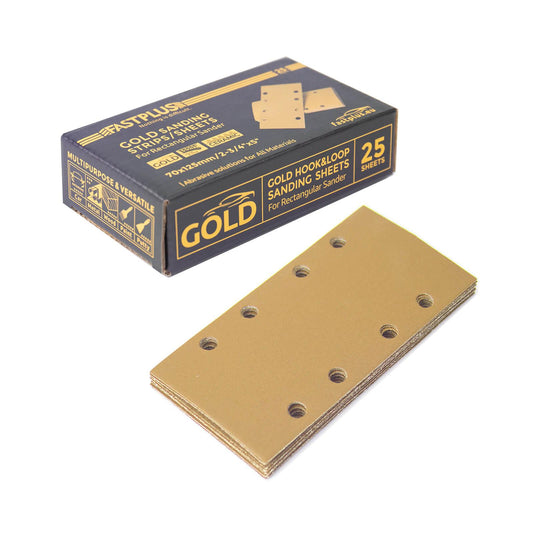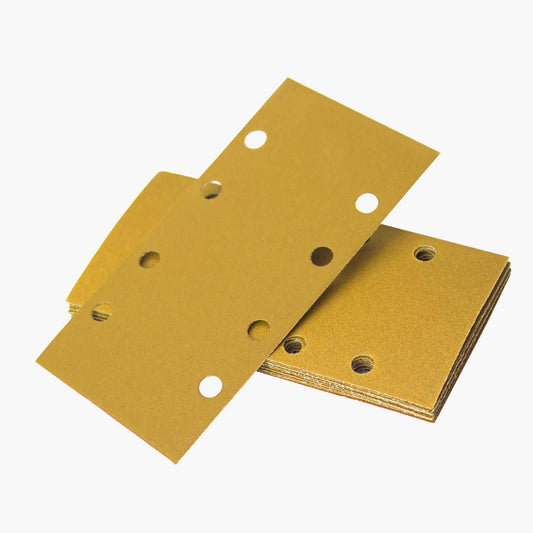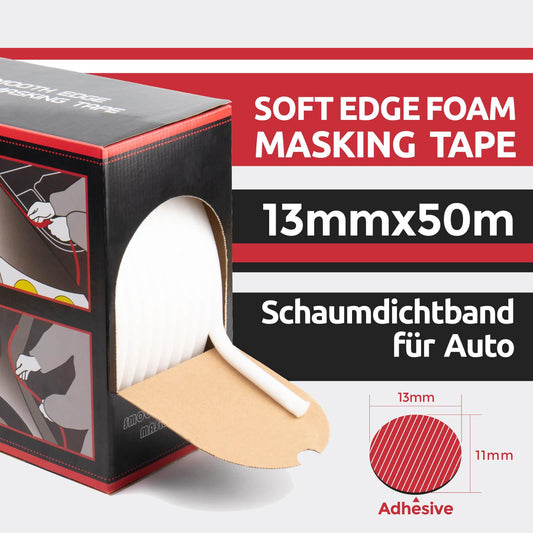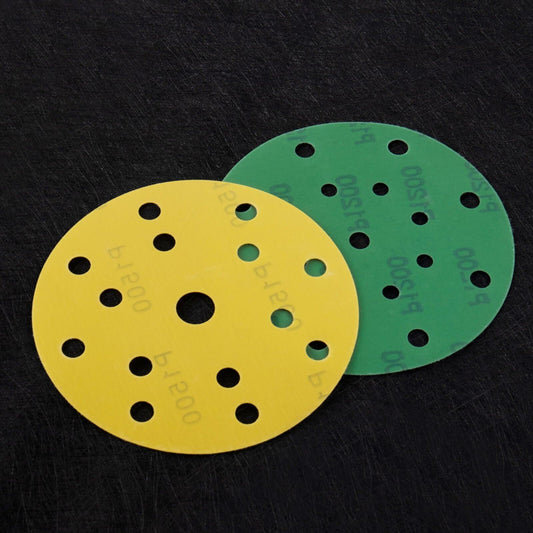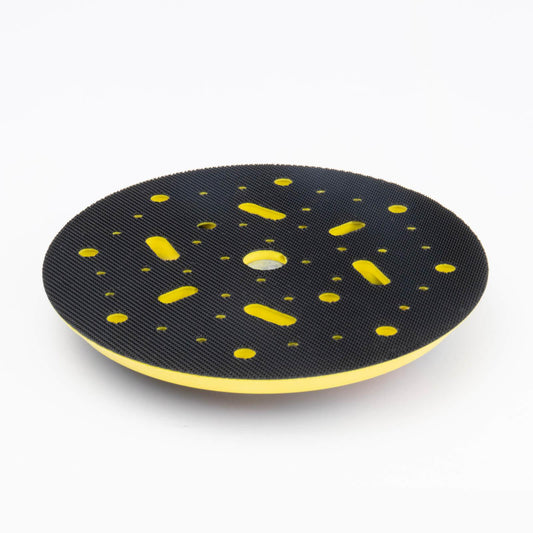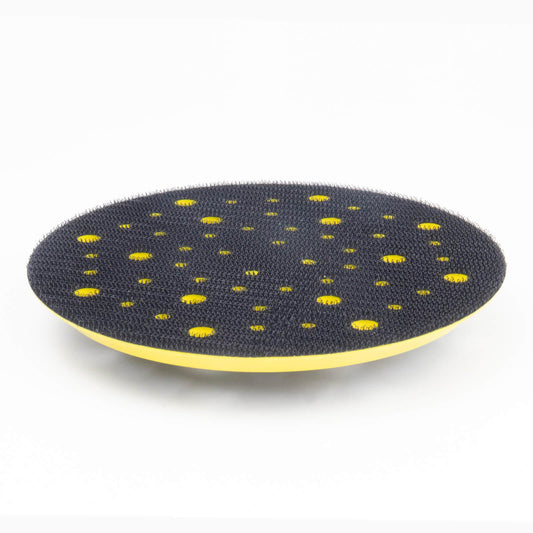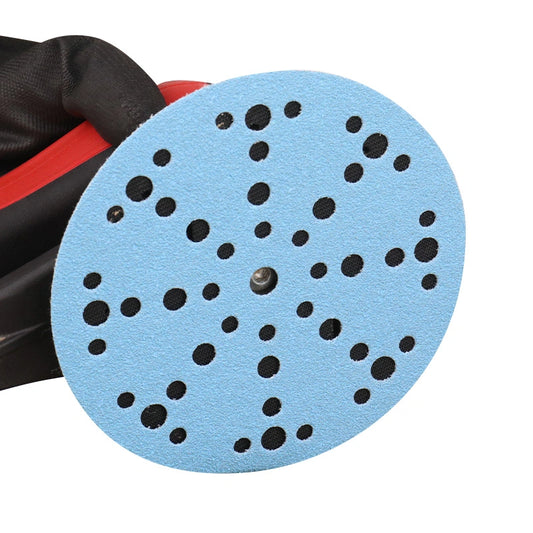
How to Change Wood Color from Dark to Light?
Wood is a timeless material used in furniture, flooring, and décor, but over time, it can become darker due to factors like aging, exposure to sunlight, or previous finishes. If you’re looking to lighten a dark wood piece, whether it’s a table, floor, or cabinet, there are several methods you can use to achieve a lighter, more refreshed look.
Changing the color of wood from dark to light involves a combination of sanding, bleaching, and finishing techniques. In this comprehensive guide, we’ll walk you through the most effective ways to lighten dark wood without compromising its quality or structural integrity.
Why Does Wood Darken?
Before we dive into the methods of lightening wood, it’s important to understand why wood changes color over time. There are several factors that contribute to this darkening process:

- Exposure to Sunlight: Wood reacts to UV rays from the sun, causing it to oxidize and change color. This process, known as photodegradation, leads to wood darkening over time.
- Age of the Wood: As wood ages, its natural oils and resins rise to the surface. These oils can darken the wood, especially when combined with exposure to air and sunlight.
- Previous Stains or Finishes: If the wood has been previously stained or treated with dark finishes (such as dark varnish or oil), it may have absorbed these pigments, resulting in a darker appearance.
- Moisture and Humidity: Wood exposed to moisture or high humidity can swell and absorb water, leading to a deeper color. In some cases, this can also cause staining that contributes to a darker hue.
- Wood Species: Certain woods naturally darken more than others. For example, cherry and walnut are prone to darkening as they age, while lighter woods like maple and pine are less affected.
Understanding these factors can help you decide how much work is needed to lighten the wood and which method will be most effective for your specific project.
Steps to Change Wood Color from Dark to Light
Now that we know why wood darkens, let’s take a closer look at how to change the color of dark wood. The process involves several key steps, each contributing to achieving a lighter, fresher look for your wooden piece.
Step 1: Assess the Wood and Decide on Your Goal
Before diving into the process of lightening wood, it’s important to evaluate the type of wood you’re working with, its current finish, and your end goal. Some wood species, like oak or pine, respond well to lightening, while others, like mahogany or walnut, can be more challenging to treat.
If your wood has an existing finish, such as varnish or stain, you’ll need to remove that first. Your goal might be to lighten the wood slightly or completely strip it down for a fresh start. Having a clear objective in mind will guide your approach throughout the process.
Step 2: Sanding the Wood Surface
Sanding is the most common and effective way to remove darkened wood surfaces and get back to a lighter, more natural tone. When sanding, you’ll remove the outer layers of wood, exposing the lighter wood beneath.
How to Sand Dark Wood:
-
Choose the Right Sandpaper:
The type of sandpaper you use is crucial for this step. Start with a coarse grit sandpaper (around 80 to 100-grit) to remove the existing finish and work your way up to finer grits (180 to 220-grit) for a smooth surface. For sanding discs or fiber discs, consider using high-quality products designed for wood surfaces to avoid damaging the wood.
- Prepare the Surface: Make sure the surface is clean and free of dirt or debris before sanding. If the wood is covered with paint, varnish, or lacquer, you might need to use a paint stripper before sanding.
- Start Sanding: Begin by sanding in the direction of the wood grain. For large areas, use an orbital sander or a belt sander to speed up the process. For smaller details or intricate areas, hand sanding with a sanding block may be more effective.
- Gradually Move to Finer Grits: As you progress with the sanding, switch to finer grit sandpaper (higher numbers) to smooth the wood. This helps reduce deep scratches and prepares the wood for further treatment.
- Clean the Surface: After sanding, wipe the wood down with a clean cloth to remove the dust. A tack cloth can be particularly useful for picking up fine dust particles.
Advantages of Sanding:
- Simple and effective method.
- Allows you to maintain the natural wood grain.
- Prepares the surface for other treatments.
Step 3: Bleaching the Wood
If sanding alone doesn't achieve the desired lightness, bleaching can be a powerful method for lightening wood. There are two main types of wood bleach you can use: chlorine bleach and oxalic acid bleach.
Chlorine Bleach:
Chlorine bleach is a common household product that can lighten wood significantly. It works by breaking down the natural pigments in the wood.
- Apply the Bleach: Dilute the chlorine bleach with water (about 1:1 ratio) and apply it to the wood with a brush or sponge. Make sure to work in small sections and follow the grain of the wood for an even application.
- Allow It to Sit: Let the bleach sit for 15 to 20 minutes. Keep an eye on the wood to ensure that it doesn't get too discolored. If you’re happy with the result, wipe off the bleach with a damp cloth.
- Rinse and Dry: Rinse the wood with clean water to stop the bleaching process, then allow the wood to dry completely.
Oxalic Acid Bleach:
Oxalic acid bleach is a more specialized product often used to lighten dark wood, especially woods like oak, walnut, and mahogany. It’s effective in removing deep stains and water marks while brightening the overall color.
- Prepare the Bleach: Mix oxalic acid crystals with water according to the instructions on the package. This solution will be applied to the wood to lighten it.
- Apply the Bleach: Using a sponge or brush, apply the solution evenly over the wood surface. You may need to let it sit for 30 minutes to an hour, depending on how dark the wood is.
- Rinse and Neutralize: Once you’ve achieved the desired lightness, rinse the wood with water and then neutralize the acid with a baking soda and water mixture.
Advantages of Bleaching:
- Effective for removing deep stains and dark hues.
- Provides a more uniform lightening compared to sanding alone.
- Can be used to lighten a variety of wood types.
Step 4: Apply a Light Finish or Stain
Once you’ve sanded and possibly bleached the wood, it’s time to apply a finish or stain to protect the surface and enhance the wood’s appearance. This step can also help lighten the wood if you use a light-colored finish.

Clear Finish:
A clear finish, such as polyurethane or lacquer, can help protect the wood without changing its color. If your wood is already lightened to the desired level, applying a clear finish will help preserve that lighter shade.
- Apply the Finish: Use a brush or cloth to apply a thin coat of clear finish to the wood. Be sure to follow the wood grain to prevent streaks.
- Allow It to Dry: Let the finish dry completely before sanding lightly with fine-grit sandpaper (220-grit) and applying additional coats. Multiple coats may be necessary for durability.
- Buff the Surface: Once the final coat is dry, use a clean cloth to buff the wood and bring out its natural shine.
Light-Colored Stain:
If you want to add some color to your wood while keeping it light, a light-colored wood stain is a great option. Choose a stain that complements your wood’s natural grain and enhances its lighter tones.
- Apply the Stain: Use a clean cloth or brush to apply the stain evenly. Work in small sections and always wipe off excess stain to avoid blotchiness.
- Allow It to Dry: After applying the stain, allow it to dry thoroughly before sealing it with a clear finish. This helps lock in the lighter color and adds protection.
Advantages of Applying a Finish or Stain:
- Provides protection against wear and tear.
- Enhances the wood’s appearance while keeping it light.
- Allows you to customize the final color.
Step 5: Maintenance Tips for Lightened Wood
Once you’ve successfully lightened your wood, it’s essential to maintain its appearance. Regular cleaning and protection will keep the wood looking fresh and vibrant for years to come.
- Regular Dusting: Dust the wood frequently using a soft cloth to prevent dirt buildup, which can cause discoloration over time.
- Avoid Direct Sunlight: Protect your lightened wood from prolonged exposure to direct sunlight, as it can darken the wood again.
- Use Coasters and Mats: To protect surfaces from staining and wear, use coasters for drinks and mats for dishes and décor items.
- Reapply Finish as Needed: Over time, the finish may wear off, so reapply it when necessary to maintain both protection and appearance.
Common Mistakes to Avoid When Lightening Wood
While lightening wood can be a rewarding project, there are some common mistakes you should avoid:
- Over-sanding: Too much sanding can damage the wood or make it too thin. Be gentle and work slowly.
- Using the Wrong Type of Bleach: Not all bleach types are suitable for all wood species, so make sure to choose the right one for your project.
- Skipping the Test: Always test your method on a small, inconspicuous area to ensure you achieve the desired result before proceeding with the whole project.
Conclusion
Changing wood from dark to light is a rewarding but delicate process. Whether through sanding, bleaching, or applying a lighter finish, each method can help restore the natural beauty of your wood. By understanding the process and following the steps outlined above, you can bring new life to your wood furniture and fixtures while maintaining its integrity.

With proper maintenance, your lighter wood will continue to shine for years, allowing you to enjoy its beauty in your home. At FastPlus, we offer a wide range of high-quality sanding discs, finishing foam discs, and other essential tools to help you achieve the perfect results in your woodworking projects. Choose FastPlus for top-notch products that ensure the best finish and protection for your wood surfaces.
